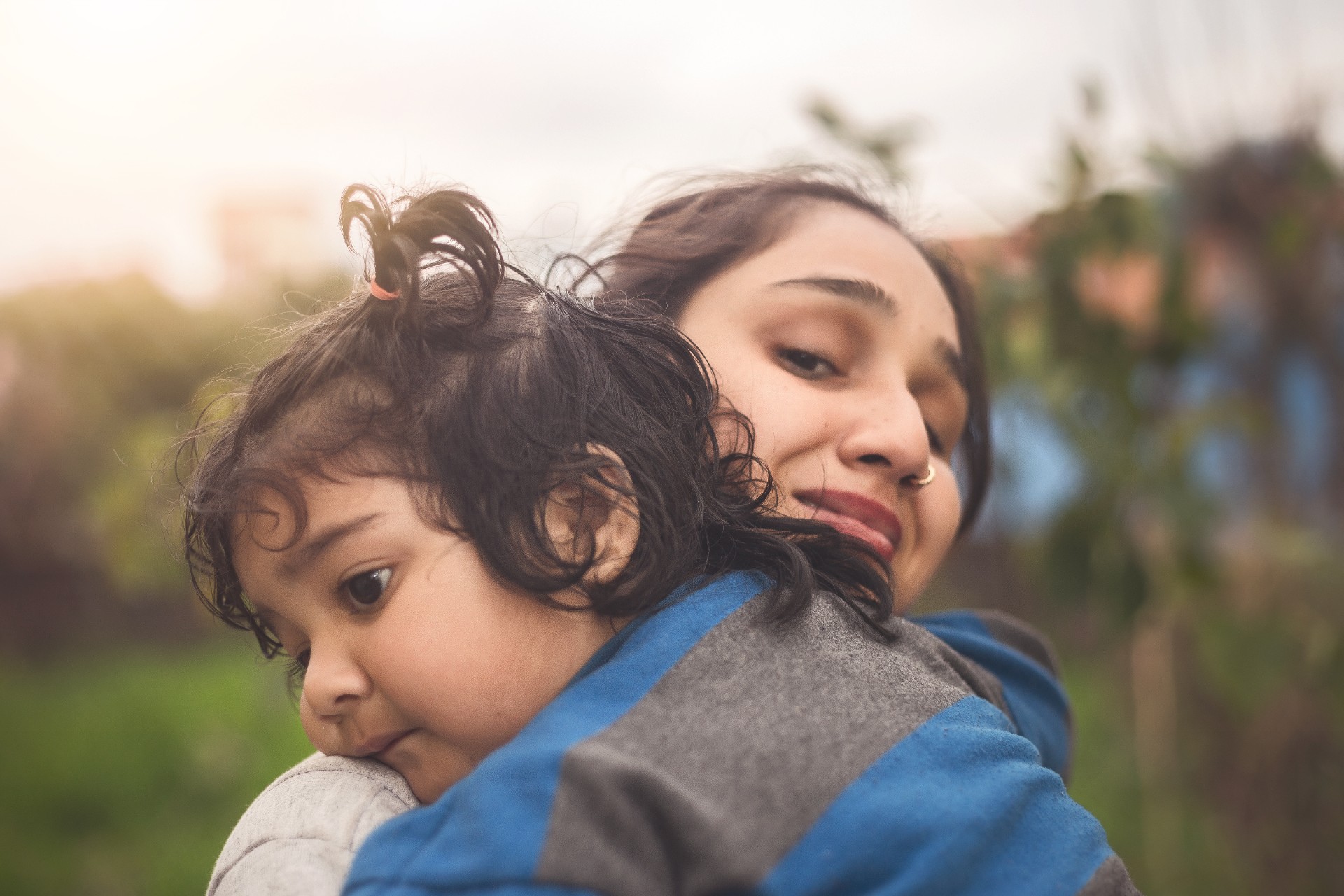A UNSW Sydney and ACOSS partnership research report shows people in poverty are falling behind the rest of society.
One in eight people in Australia, including one in six children, is living in poverty as cost of living pressures continue to put households under strain. New research has been released today, on the eve of Anti-Poverty Week, in the Poverty in Australia 2022 report from the UNSW and the Australian Council of Social Services (ACOSS) Poverty and Inequality Partnership.
Scientia Professor Carla Treloar, Director of the Social Policy Research Centre at UNSW Sydney, said the report highlights the unacceptable levels of poverty in our nation.
“Australia is one of the wealthiest countries in the world, yet we have one in eight people and one in six children living below the poverty line,” she said.
“There are 3.3 million people in Australia desperately struggling to pay the bills and put food on the table. There are 761,000 children who are denied a good start to life.”
Australia can reduce poverty by increasing income supports
As many as 13.4 per cent of the population (or 3.3 million people) and 16.6 per cent of children (or 761,000 kids) were living below the poverty line in the first year of the pandemic (2019-20), according to the report which uses the latest available data from the Australian Bureau of Statistics (ABS).
The study also revealed people in poverty are falling further behind the rest of society, with their average weekly incomes dropping to $304 below the poverty line.
The report found that temporary income supports introduced during COVID-19 lockdowns in 2020 – the Coronavirus Supplement and Economic Support Payment -– pulled 646,000 people, including 245,000 children, above the poverty line. Those new supports almost doubled the lowest income support payments, including the JobSeeker Payment. These results demonstrate that Australia can swiftly reduce poverty by raising income supports.
In the first three months of 2020, as large parts of the economy were shut down by COVID restrictions and thousands were put out of work, the poverty rate soared to 14.6 per cent. But boosted income support payments announced in April that year saw the poverty rate drop to a 17-year-low of 12 per cent over the next three months.
The effect of the boosted payments on children was even more dramatic, reducing the child poverty rate from 19 per cent in the March quarter of 2020 to a 20-year low of 13.7 per cent in the June quarter of 2020, lifting 245,000 children above the poverty line.
The extra income meant that single adults receiving social security payments went from being $134 a week below the poverty line in March to $146 above it in June 2020. Couples with two children went from being $187 below the poverty line to $361 above it at the same time.
However, by April 2021, Coronavirus Supplement (initially $275 a week) was abolished and in its place JobSeeker and related payments were increased by just $25 a week.
“These figures should be a source of great shame for our nation. We can and must do better,” said ACOSS CEO Dr Cassandra Goldie.
The study showed there is a clear way to reduce poverty in Australia, she said.
“Almost doubling the JobSeeker rate pulled 646,000 people out of poverty in 2020. That is a huge advance in an incredibly short period of time.
“The increased payments reduced child poverty by a massive 5.3 per cent, giving 245,000 kids in Australia the chance of a better future.”
Key findings in the Poverty in Australia 2022 report
- The poverty line (based on 50 per cent of median household after-tax income) is $489 a week for a single adult and $1,027 a week for a couple with two children, according to the latest available data from the ABS (2019-20).
- More than one in eight people in Australia (13.4 per cent) lived below the poverty line in 2019-20, the first year of the pandemic. That amounts to 3,319,000 people.
- One in six children (16.6 per cent) live in poverty, which is 761,000 children.
- The poverty rate soared to 14.6 per cent in the March quarter of 2020 due to COVID-19 restrictions. But it fell to 12 per cent – a 17 year low – in the June quarter of 2020 due to boosted income support payments. The boosted payments brought 646,000 people – or 2.6 per cent of all people – out of poverty.
- The child poverty rate rose from 16.2 per cent in the September quarter of 2019 to 19 per cent in the March quarter of 2020, then fell to 13.7 per cent – a two-decade low – in June 2020.
- Average weekly incomes of people in poverty (from different-sized families) are $304 below the poverty line. This is known as the poverty gap.
- The poverty gap increased steadily from $168 a week in 1999 to $323 in March 2020 and fell to $310 in June 2020 due to the extra Covid-19 income support.
- Boosted income support pushed weekly social security payments for single adults with no private income from $134 below the poverty line to $146 above it. Single parents with two children went from $119 below to $176 above the poverty line.
- Couples with no children went from $152 below to $411 above the poverty line, while couples with two children went from $187 below the poverty line to $361 above it.
The study was based on ABS data for the 2019-20 financial year, which is the latest available. The 13.4 per cent poverty rate and 16.6 per cent child poverty rate are the yearly averages.
The poverty line is defined as 50 per cent of median after-tax household income, adjusted for household size.
Media enquiries
Belinda Henwood
News & Content Manager
Tel: +61 412 270 034
Email: b.henwood@unsw.edu.au
Related stories
-

Reducing poverty and inequality in Australia is possible, report says
-

New report: Wealth inequality in Australia and the rapid rise in house prices
-

Research shows the harmful effects of removing the Coronavirus Supplement
-

Report highlights post-pandemic housing affordability pressures and rapid rent inflation




